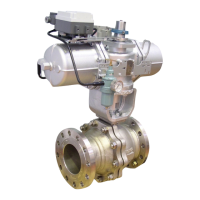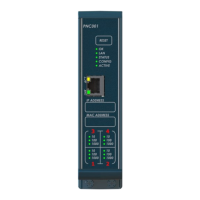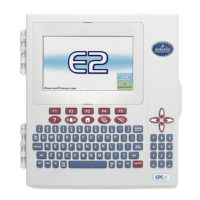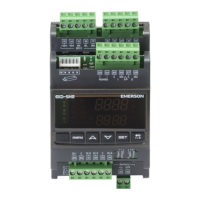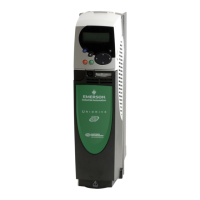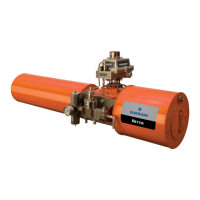Safety
Information
Product
Information
Mechanical
Installation
Electrical
Installation
Getting
Started
Basic
parameters
Running
the motor
Optimization
SMARTCARD
operation
PC tools
Advanced
parameters
Technical
Data
Diagnostics
UL Listing
Information
Affinity User Guide 227
Issue Number: 5 www.controltechniques.com
Modbus RTU only
There will always be a finite delay between the end of a message from
the host (master) and the time at which the host is ready to receive the
response from the drive (slave). The drive does not respond until at least
1ms after the message has been received from the host allowing 1ms for
the host to change from transmit to receive mode. This initial delay can
be extended using Pr 17.39 if required.
Modbus RTU uses a silent period detection system to detect the end of a
message. This silent period is either the length of time for 3.5 characters
at the present baud rate or the length of time set in Pr 17.39 whichever is
the longest.
The real-time clock backup battery is checked upon power up and after a
drive reset to determine if it should be changed. The conditions requiring
battery replacement are when all power has been lost to the real-time
clock while the drive was un-powered or that the battery voltage has
fallen below 2.5Vdc.
If this parameter is 1 then the real-time clock backup battery should be
replaced at the earliest opportunity.
The real-time clock will continue to operate as long as the drive remains
powered.
For instructions of how to replace the battery of the real-time clock, refer
to Figure 3-63 on page 65.
This parameter has a value of 1 when the building automation network
communications are OK and zero when the communications lost
detection determines that an error has occurred; this is determined
differently for BACnet and MetaSys as follows: -
BACnet
The network is monitored for the presence of an active token; should this
token disappear for the time specified in parameter Pr 17.12 the drive
will take the action configured in parameter Pr 17.13.
MetaSys
The network is monitored for any message. Receipt of a valid message
(regardless of intended destination) will be seen as communications
being OK. If no valid message is received within time specified in
Pr 17.12 the drive will take the action configured in parameter Pr 17.13.
It is important to ensure that a message is placed onto the network
within the configured time-out period to prevent spurious drive operation.
If the Solutions Module detects a fault then the drive will trip with an
SL3.Er trip. The source of the trip can then be discovered from the error
code written into Pr 17.50.
Possible error codes are shown in the table below:
17.39 Response turn-around time
RW Uni US
Ú
0 to 255 ms
Ö
5
Pr 17.39 Action
0
The transmitters are turned on and data transmission
begins immediately after the initial delay (≥1ms).
1
The transmitters are turned on after the initial delay
(≥1ms) and data transmission begins 1ms later.
2 or more
The transmitters are turned on after a delay of at least the
time specified in Pr 17.39 and data transmission begins
1ms later.
17.44 Real-time clock battery low
RO Uni NC PT
Ú
0 to 255
Ö
17.45 Communications OK flag
RO Uni NC
0 to 255
17.50 Error status
RO Uni NC
Ú
0 to 255
Ö
Pr 17.50 Description
0 No error
10 Solutions Module operating system error
20 Real-time clock error
30 IP54 cooling fan power supply fault
40 Drive to Solutions Module interface error
50 Building automation network error
74 Solutions Module PCB over-temperature
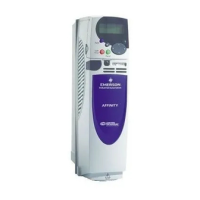
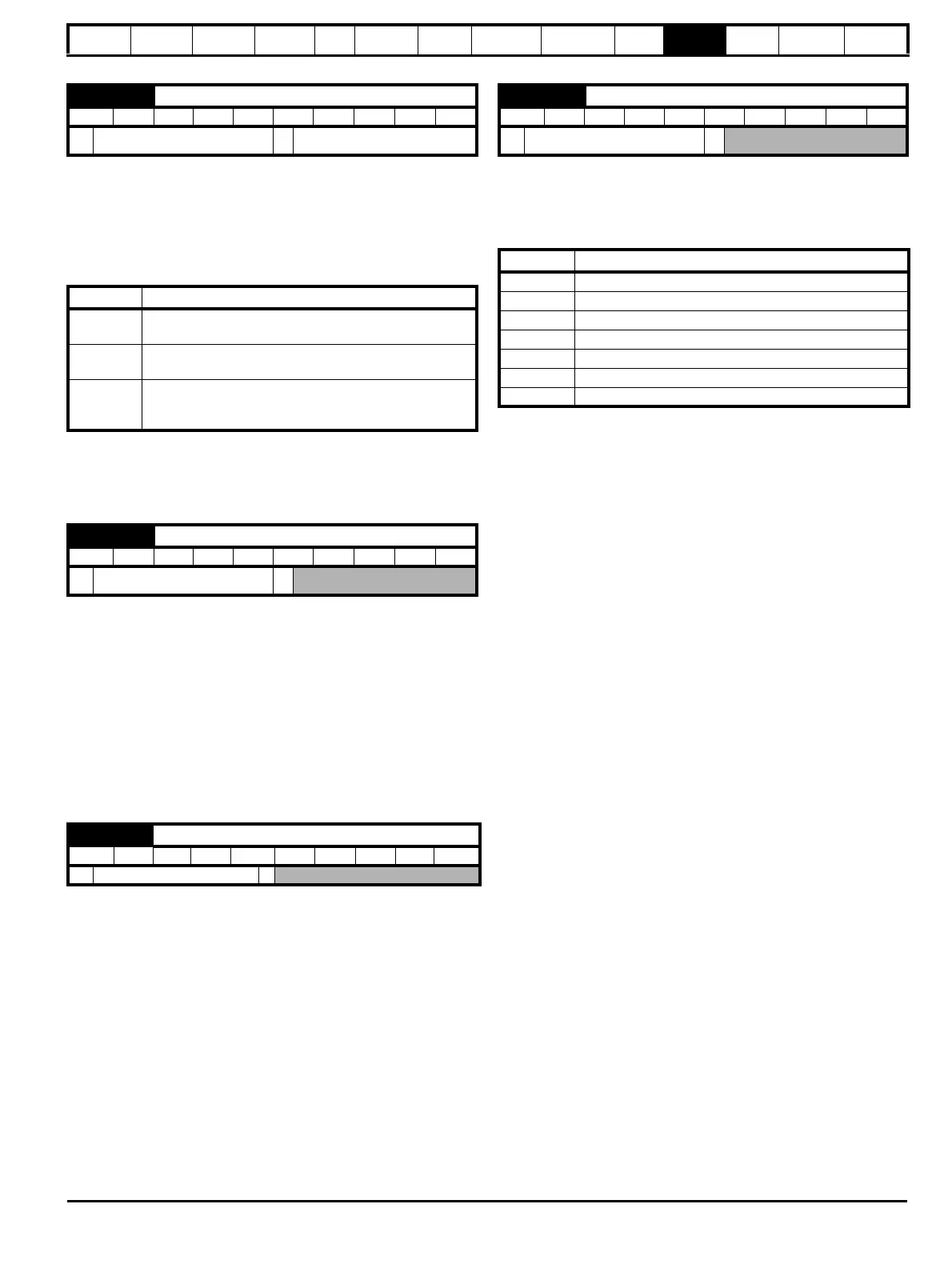